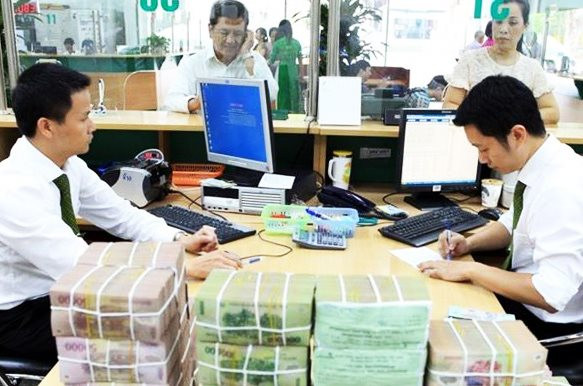
Exchange rate increases continuously
The pressure to increase the exchange rate of the world market has entered the 10th consecutive week, marking the longest streak of increases in nearly a decade. In the trading session on September 27, the USD index reached 106.5 points, the highest level since the beginning of the year.
With the rising momentum of the USD in the world market, the USD-VND interest rate gap in the interbank market is at 4-5 percentage points for terms under 1 month, putting pressure on the domestic USD/VND exchange rate.
After 3 consecutive increases in the last week of September, the central USD exchange rate closed September (September 28) unchanged, unchanged from the previous day, listed at 24,088 VND/USD. Compared to the first trading session of 2023, the central exchange rate increased by 476 VND/USD.
At major commercial banks, the USD exchange rate had mixed developments. Specifically, at the Joint Stock Commercial Bank for Foreign Trade of Vietnam (Vietcombank), the USD exchange rate was listed at VND24,170/USD (buying in cash) - VND24,200/USD (buying by transfer) - VND24,540 (selling), unchanged from the previous day. Meanwhile, the Joint Stock Commercial Bank for Investment and Development of Vietnam (BIDV) listed it at VND24,230/USD (buying in cash) - VND24,230/USD (buying by transfer) - VND24,530/USD (selling), up slightly by VND5/USD. At the Vietnam Bank for Agriculture and Rural Development (Agribank), the USD exchange rate is listed at 24,200 VND/USD (buying in cash) - 24,230 VND/USD (buying by transfer) - 24,520 VND/USD (selling), an increase of 20 VND/USD...
Compared to the first trading session of 2023, when the exchange rate was below 24,000 VND/USD, the listed exchange rate at commercial banks increased by about 800 VND/USD, a quite strong increase.
The cross exchange rate of the Vietnamese Dong compared to some foreign currencies applied for calculating export and import taxes in the new period, effective from September 28 to October 4, was also announced by the State Bank with significant fluctuations. In particular, the euro: 25,432.11 VND/EUR; Japanese yen: 161.61 VND/JPY; British pound: 29,242.83 VND/GBP; Swiss franc: 26,262.54 VND/CHF; Russian ruble: 250.17 VND/RUB; Chinese yuan: 3,297.78 VND/CNY... Thus, not only the USD, but most other foreign currencies have increased compared to the end of 2022 and the beginning of 2023.
Efforts to reduce pressure on exchange rates
In order to reduce pressure on the exchange rate, at the end of September, the State Bank reactivated the issuance of treasury bills after a temporary suspension since early March 2023. According to statistics, in 5 consecutive trading sessions, the State Bank successfully bid for 70,000 billion VND of 28-day treasury bills, withdrawing a corresponding amount of VND from the banking system.
According to data released by the State Bank at the end of 2021, the size of the state foreign exchange reserves has reached over 109.9 billion USD, 10 times higher than the size of the state foreign exchange reserves in 2010 and nearly 4 times higher than in 2015. However, after reaching a record in the beginning of the first quarter of 2022, foreign exchange reserves decreased sharply in 2022 when the State Bank had to sell a large amount of foreign currency to stabilize the exchange rate. The State Bank sold about 20% of foreign exchange reserves, down to about 89 billion USD at the end of 2022. The latest data from the International Monetary Fund (IMF) shows that Vietnam's foreign exchange reserves at the end of 2022 were at 86.7 billion USD. This figure decreased by about 22.7 billion USD compared to the end of 2021.
However, we can expect an increase in remittances in 2023. According to the latest data, in the first 8 months of 2023, remittances sent home reached 10.126 billion USD, an increase of 28% over the same period in 2022.
In its latest statement released at the end of September 2023, the IMF estimated that Vietnam's foreign exchange reserves will increase to 98.7 billion USD by the end of this year and 110.5 billion USD by the end of 2024.
Experts say that if the US Federal Reserve (Fed) continues to maintain high interest rates in the coming time, it may further tighten monetary policy, as well as unpredictable international developments, which will put pressure on the domestic exchange rate and foreign exchange market.
However, State Bank Governor Nguyen Thi Hong affirmed that favorable foreign currency supply and demand, continued capital flows into the economy, as well as flexible monetary and exchange rate management measures are factors supporting the stability of the foreign exchange market. However, we cannot be subjective about inflationary pressures. The core inflation index in September 2023 increased by 0.26% compared to August 2023, up 3.8% over the same period in 2022. On average, core inflation increased by 4.49% in the first 9 months of 2023. It is expected that world fuel and food prices will continue to be under increasing pressure in the last months of 2023 and early 2024 in the context of risks of a global food crisis, geopolitical tensions, etc.
The State Bank will closely follow actual developments to both control inflation and balance the target of reducing interest rates. Appropriate central exchange rate management, flexible and proactive foreign currency intervention, along with other measures of the State Bank, will help stabilize market sentiment, limit the pressure of abnormal fluctuations on exchange rates, and contribute to stabilizing the foreign exchange market and the macro economy.
Deputy Governor of the State Bank Pham Thanh Ha: Net withdrawal of nearly 70,000 billion VND through the credit bill channel In the five trading sessions of September 21, 22, 25, 26 and 27, the State Bank of Vietnam has withdrawn nearly VND70,000 billion from the banking system through the treasury bill channel. Specifically, on September 21, the State Bank successfully issued VND9,995 billion of treasury bills, with a winning interest rate of 0.69% for a term of 28 days. On September 22 and 25, it continued to issue VND10,000 billion of treasury bills each session with winning interest rates of 0.5% and 0.49%, respectively, also for a term of 28 days. Then on September 26, the State Bank pumped net money into the market through the treasury bill channel, but the volume doubled to VND20,000 billion, with an interest rate of 0.58%, for a term of 28 days... In the face of the sharp increase in the USD/VND exchange rate, the State Bank is closely monitoring the foreign exchange market and operating to stabilize the exchange rate. The State Bank must regulate short-term credit notes to reduce excess liquidity in the system, trying not to have a major impact on the interest rate level. The pressure in the coming time will still be very high when it is necessary to balance interest rates and exchange rates. Senior Analyst of Saigon Securities Inc. (SSI) Thai Thi Viet Trinh: Limit speculative activities in the market Exchange rate pressure is seen as one of the main reasons why the State Bank issued treasury bills in both June 2022 and September 2023. This policy tool aims to reduce some liquidity in the system in the short term - part of an effort to reduce the gap between VND and USD interest rates and limit speculative activities in the market. In terms of the international context, the pressure on the VND to depreciate in both 2022 and 2023 comes from the context of the USD's potential to increase sharply. Domestically, the State Bank is implementing a loose monetary policy to support growth and the use of treasury bill issuance tools is the first step to limit exchange rate pressure. The State Bank's treasury bill issuance can help adjust liquidity in the system in the short term and is therefore expected to push up the VND interbank interest rate level, helping to reduce the interest rate gap between the USD and VND. Economist Dinh Quang Hinh: Many factors support exchange rate stability The recent increase in the exchange rate has had mixed effects on the economy, adding pressure to repay foreign debt while also increasing inflationary pressure due to rising import prices of raw materials and consumer goods. Therefore, the greater the exchange rate pressure, the narrower the room for further easing of domestic monetary policy. However, there will still be supporting factors to stabilize the exchange rate this year, including: High trade surplus; stable FDI and remittance flows; additional foreign currency supply from divestment of shares to foreign investors. Stabilizing the exchange rate within a suitable range will minimize negative impacts and enhance the competitiveness of Vietnamese exports. However, it is still necessary to be cautious with exchange rate fluctuations in the late 2023 period because there are still some factors that can put pressure on the USD/VND exchange rate such as: The interest rate gap between VND and USD continues to narrow because the Fed's operating interest rate may remain at the peak; The State Bank is oriented to continue lowering interest rates to support growth... Thanh Nga recorded |
Source


![[Photo] Opening of the 11th Conference of the 13th Party Central Committee](https://vstatic.vietnam.vn/vietnam/resource/IMAGE/2025/4/10/f9e717b67de343d7b687cb419c0829a2)
![[Photo] Unique folk games at Chuong Village Festival](https://vstatic.vietnam.vn/vietnam/resource/IMAGE/2025/4/10/cff805a06fdd443b9474c017f98075a4)

![[Photo] April Festival in Can Tho City](https://vstatic.vietnam.vn/vietnam/resource/IMAGE/2025/4/10/bf5ae82870e648fabfbcc93a25b481ea)



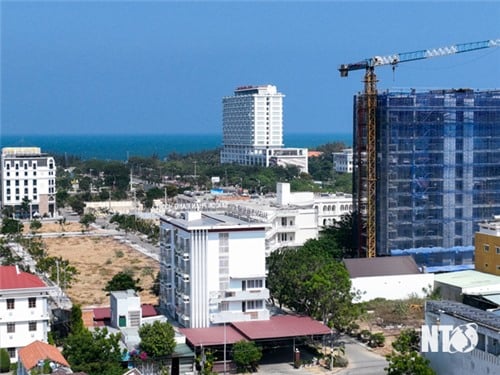
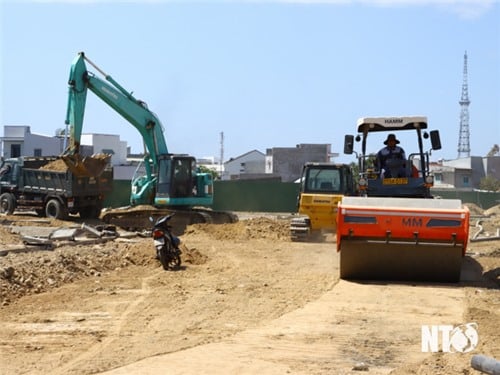











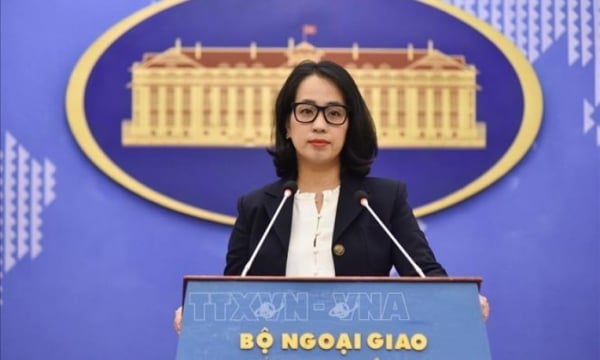

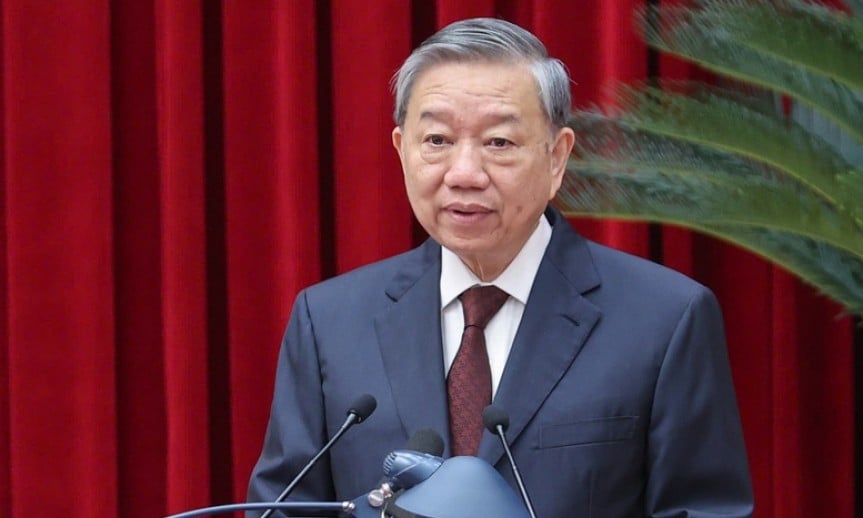



























































Comment (0)